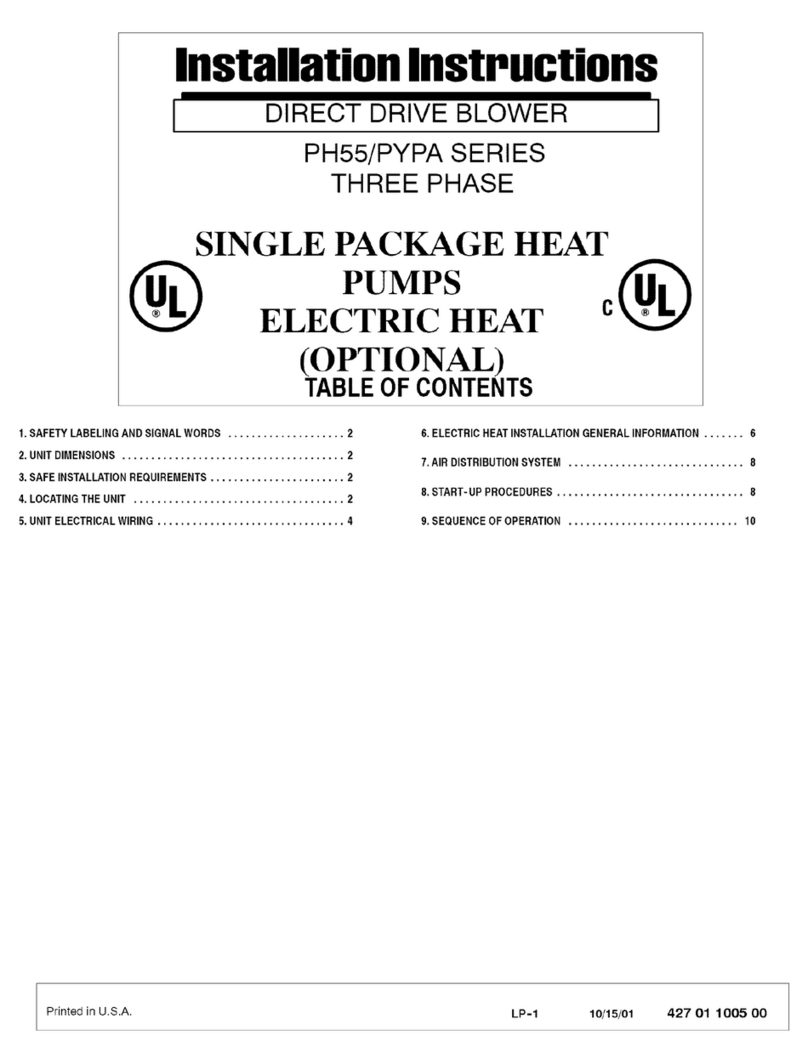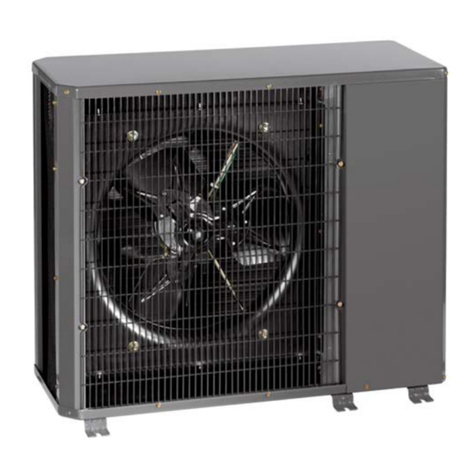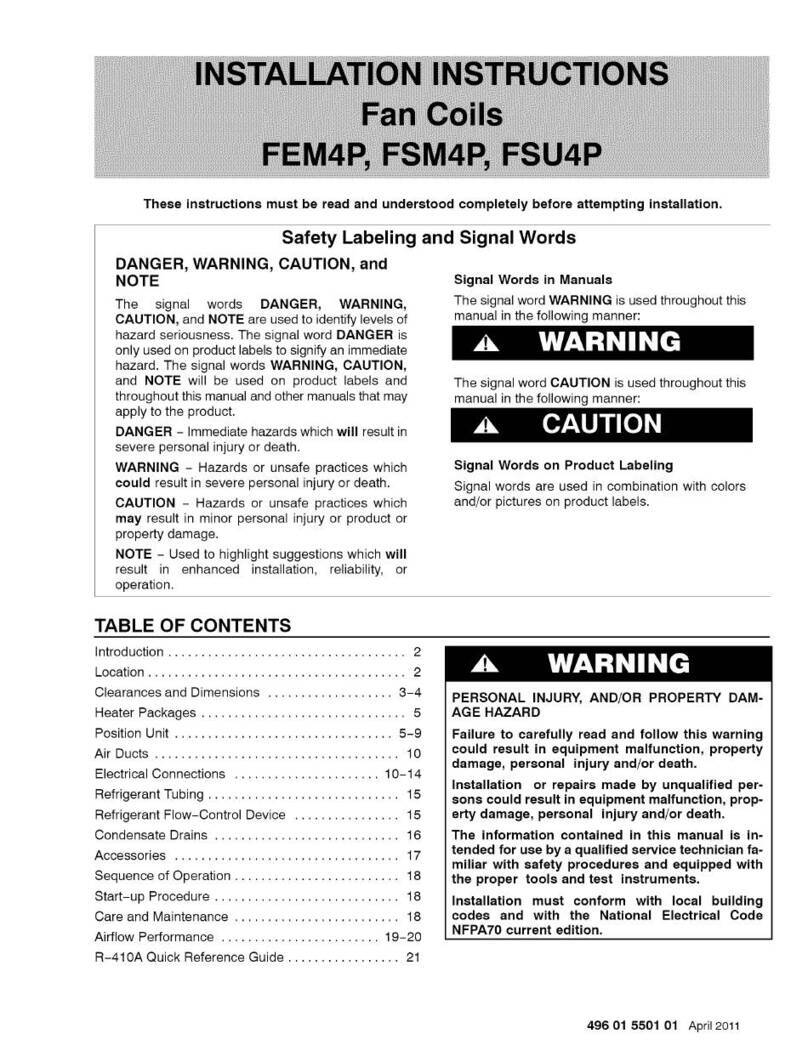ICP EDM Series User manual
Other ICP Heat Pump manuals
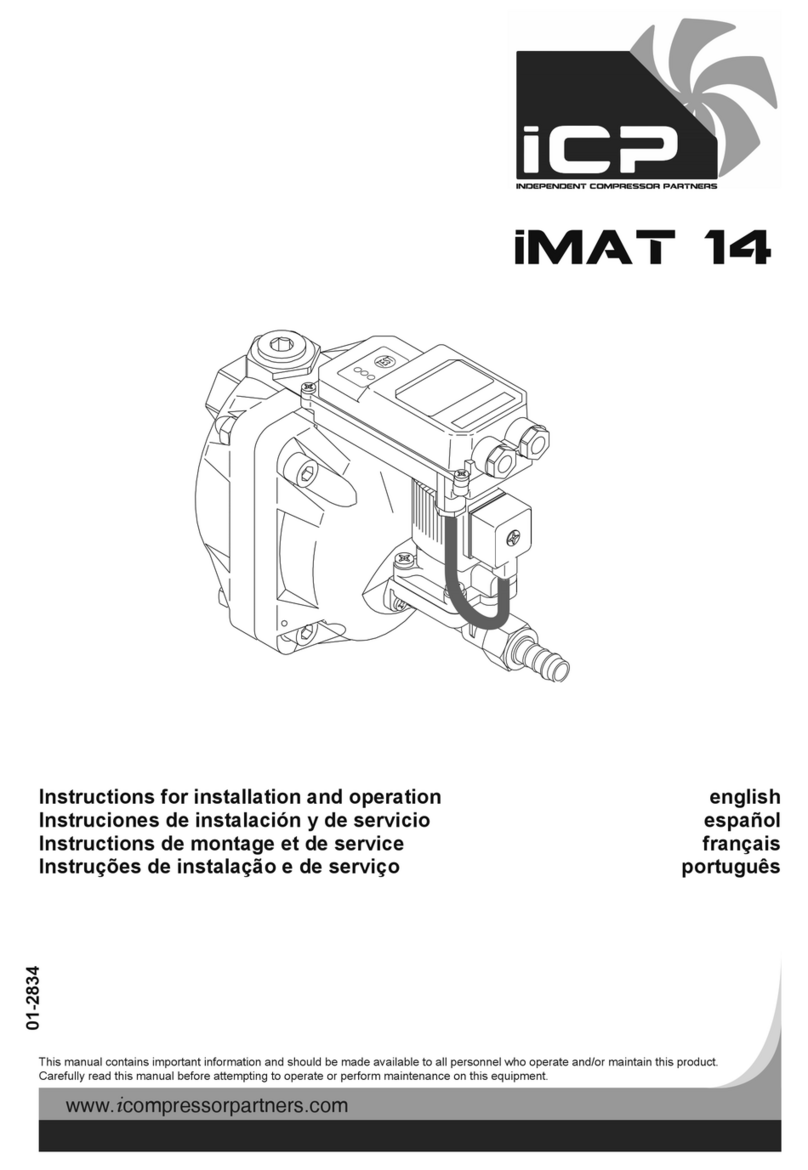
ICP
ICP iMAT 14 User guide

ICP
ICP PDX424040K00A1 User manual
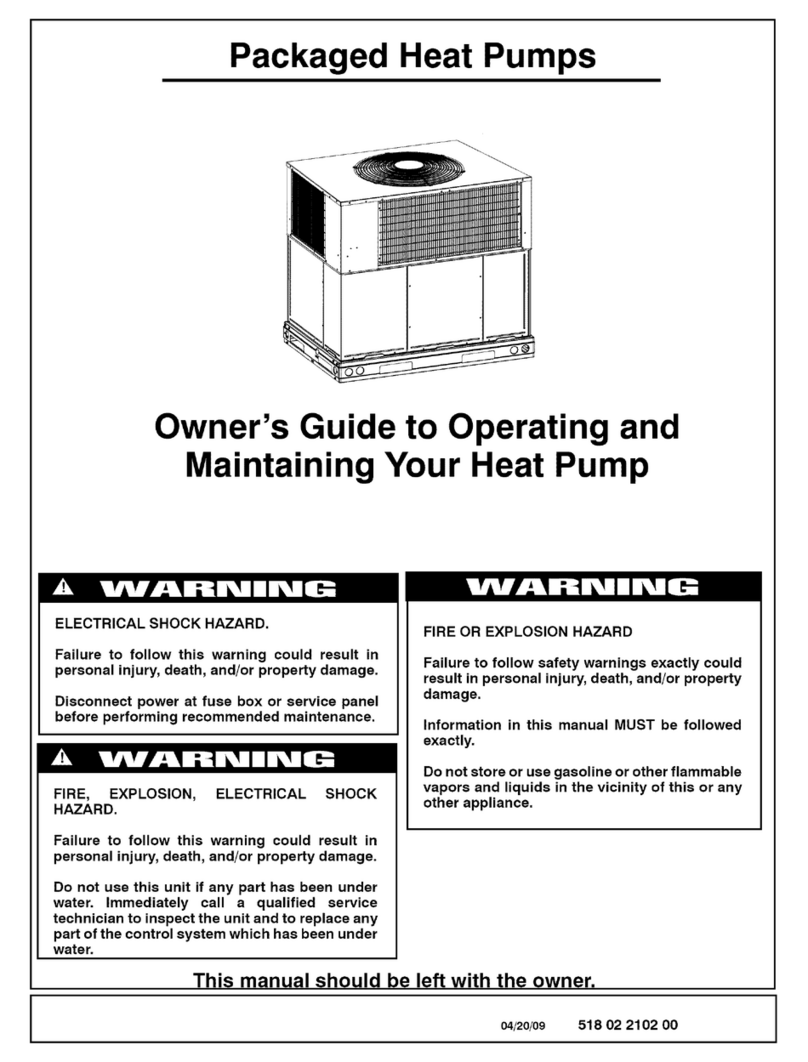
ICP
ICP PHD548 User manual
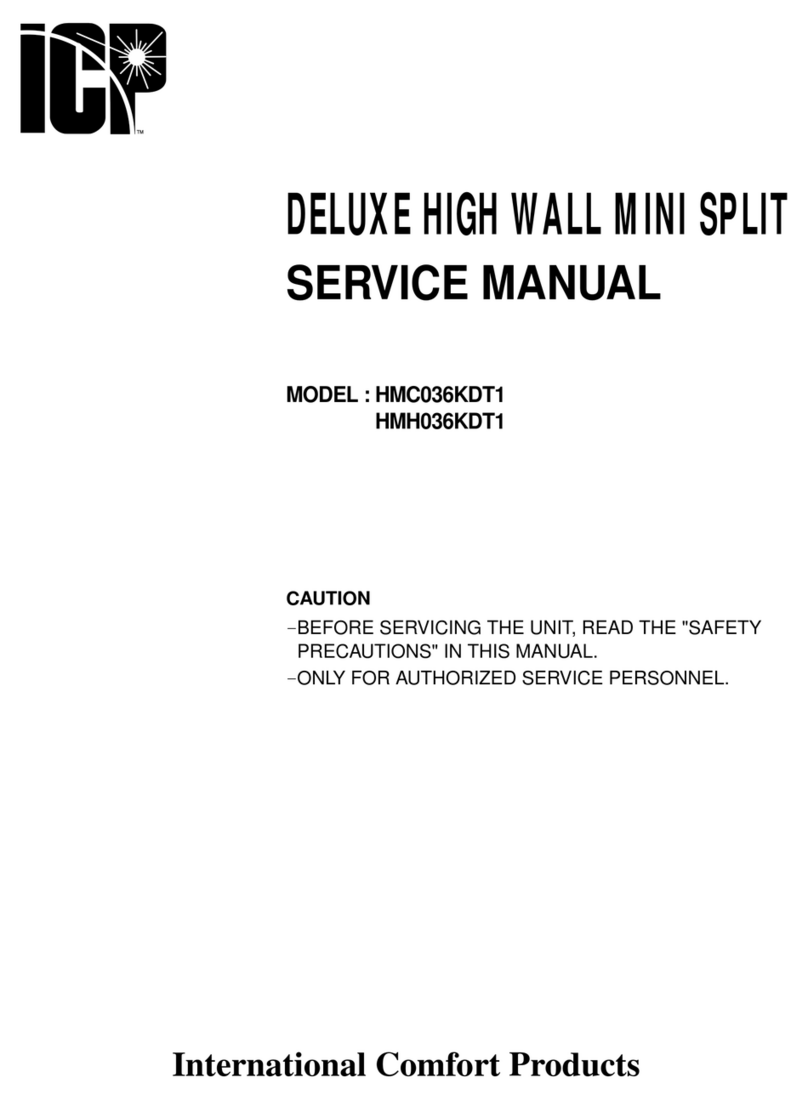
ICP
ICP HMC036KDT1 User manual

ICP
ICP PHX4 User manual
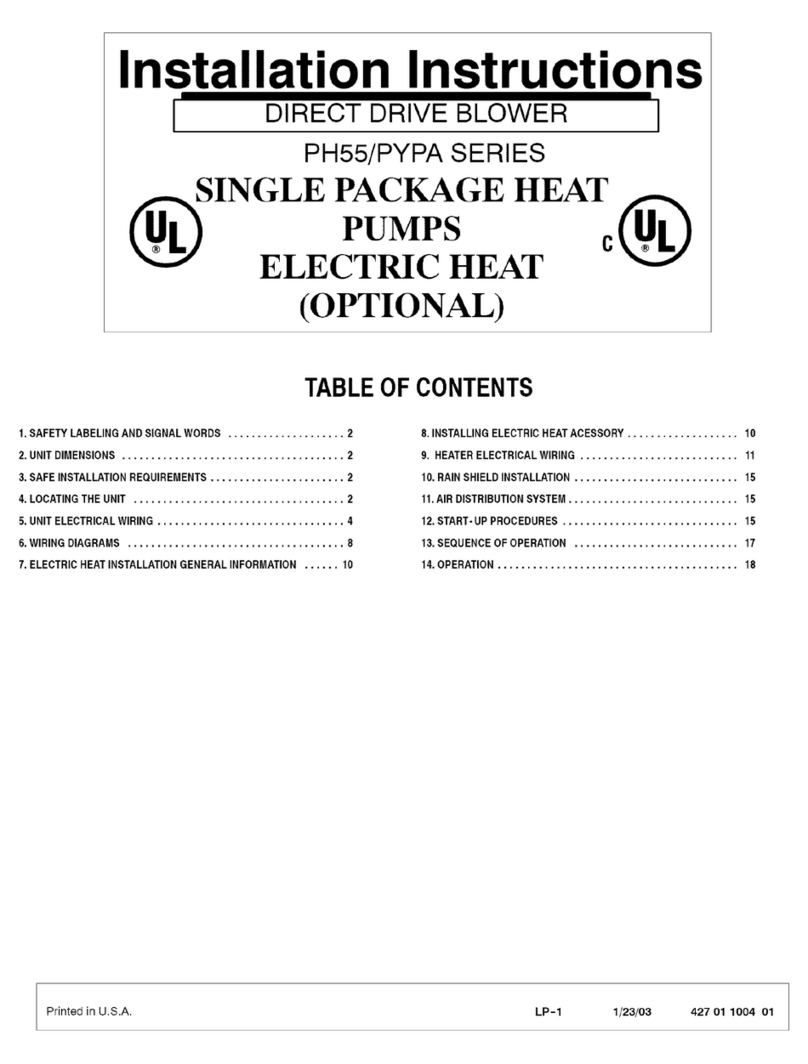
ICP
ICP PH55 Series User manual
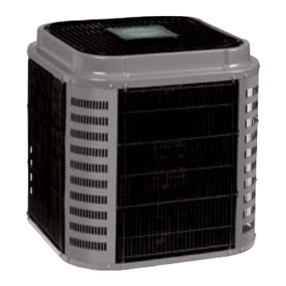
ICP
ICP N4H3 User manual
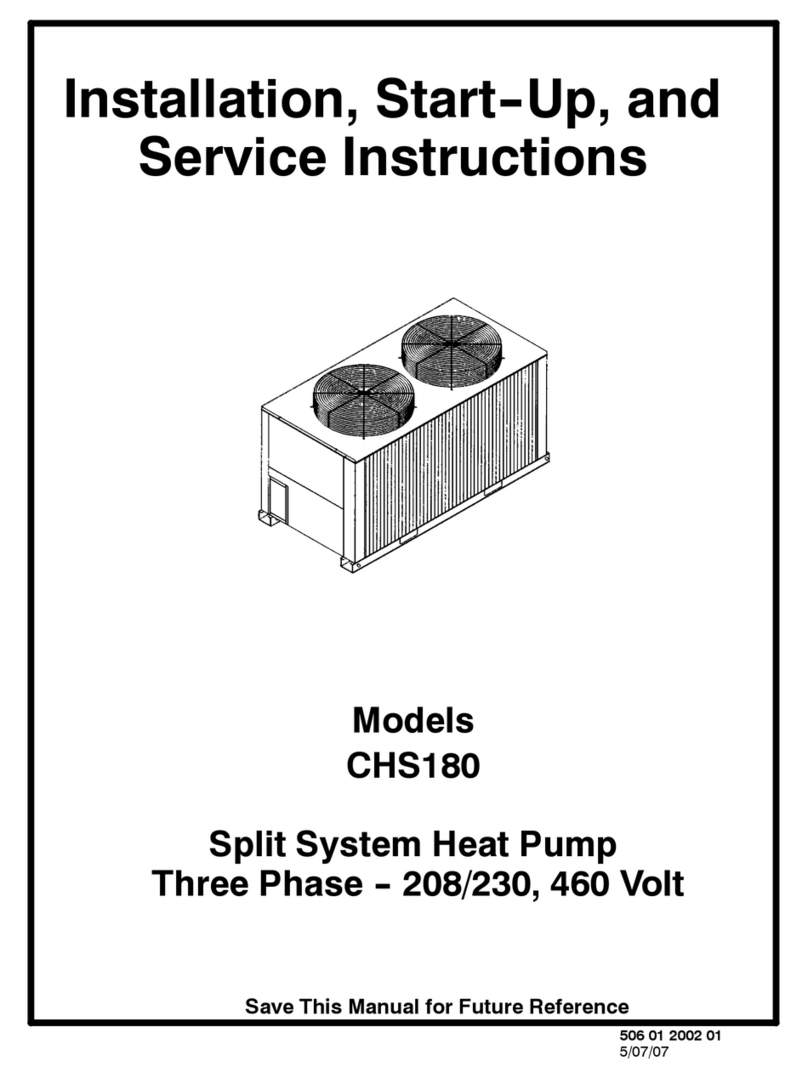
ICP
ICP CHS180 Dimensions and installation guide

ICP
ICP iMAT 32VBI-ELV User guide

ICP
ICP PHX330000K00A1 User manual

ICP
ICP HMC009KD User manual
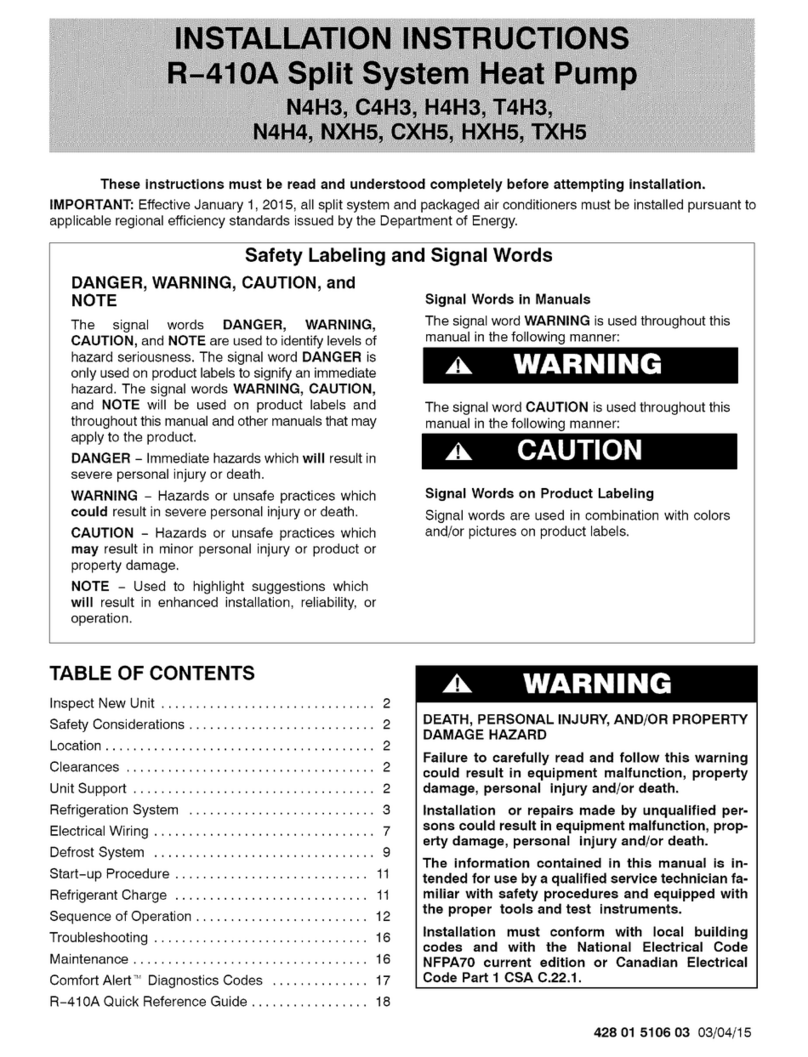
ICP
ICP N4H4 User manual
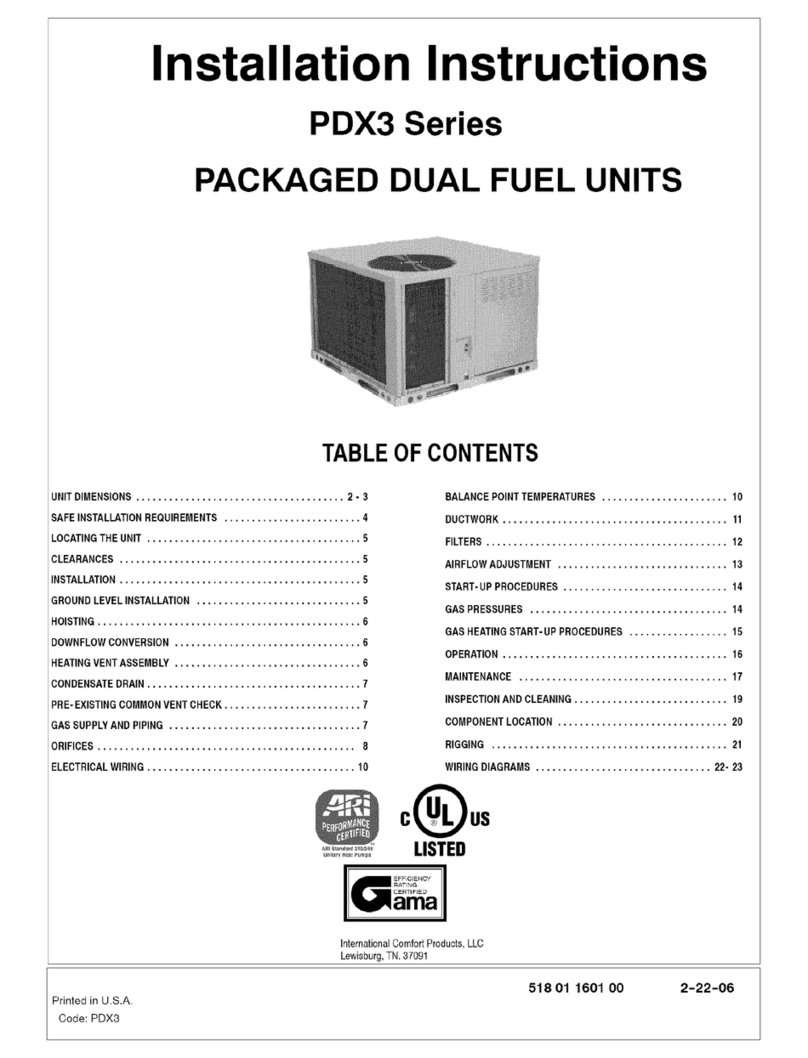
ICP
ICP PDX336080K01A1 User manual

ICP
ICP PHJ3 Instruction Manual

ICP
ICP PHM324K00A1 User manual
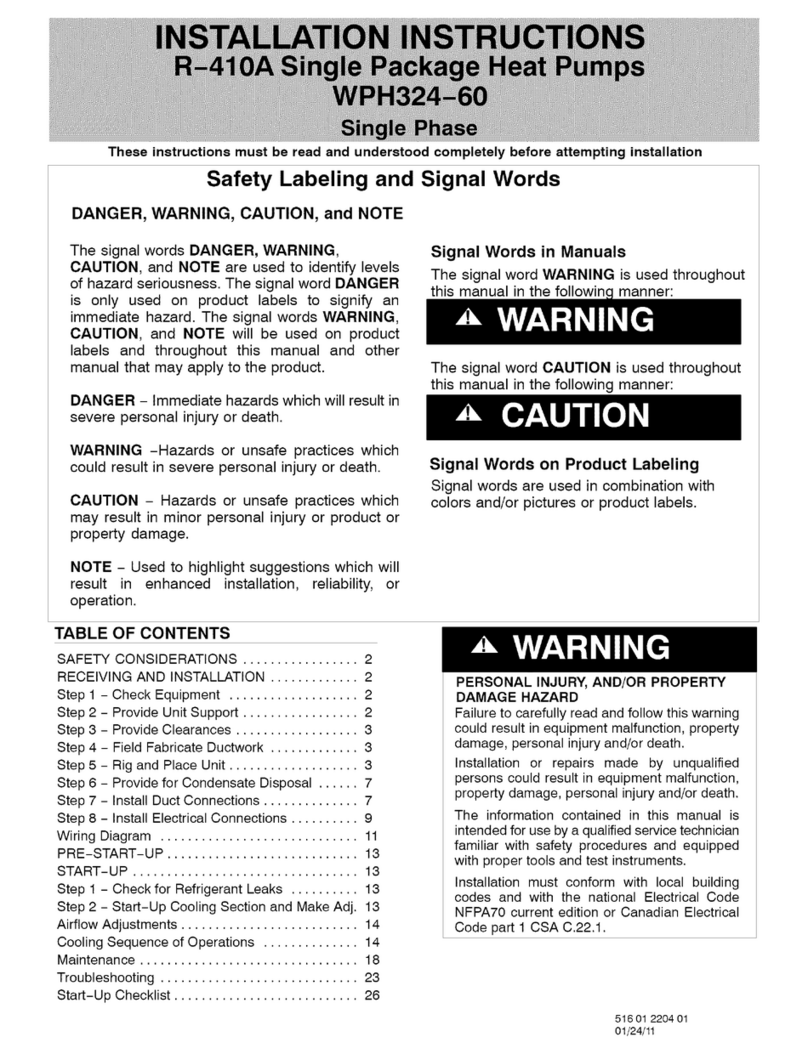
ICP
ICP WPH324 User manual

ICP
ICP PHF3 User manual
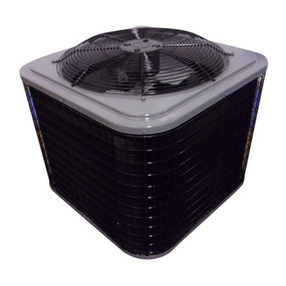
ICP
ICP N4H318AKE100 Installation instructions

ICP
ICP RHH120 User manual
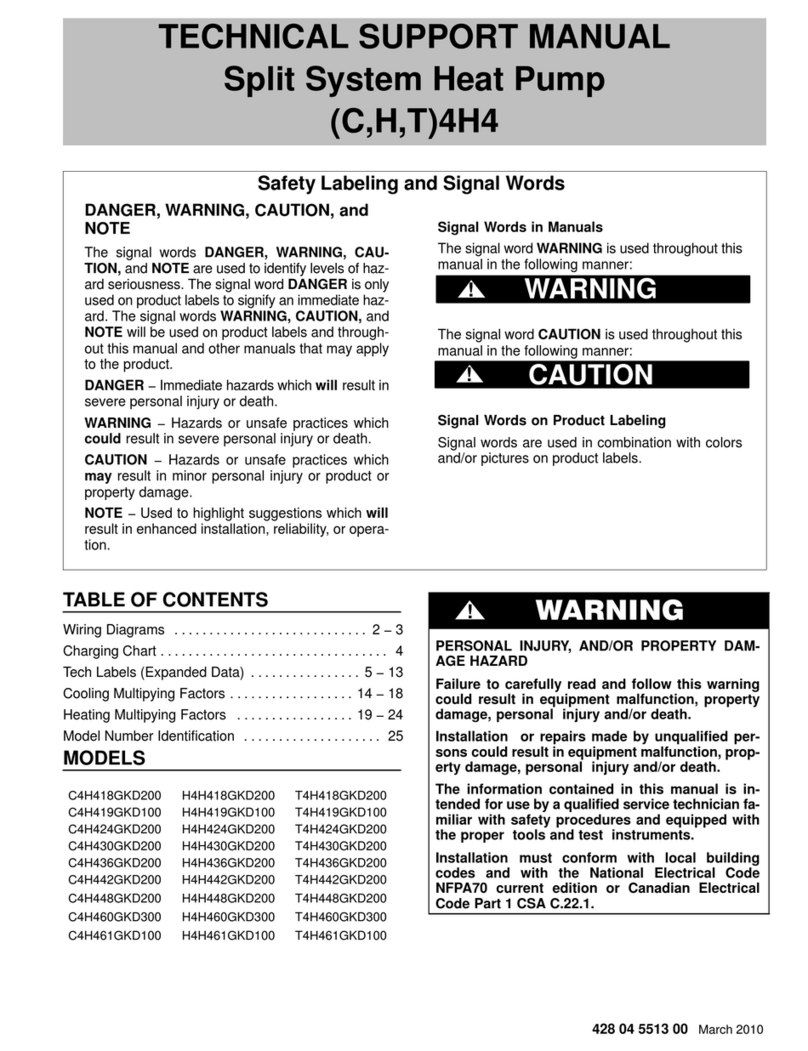
ICP
ICP C4H418GKD200 Installation instructions
Popular Heat Pump manuals by other brands

Daikin
Daikin RXL12QMVJU Service manual

AIREDALE
AIREDALE BluCube CUR092V16-1CO-0 Installation and maintenance manual

Calyenty
Calyenty RBH 125 Customer's manual

GRE
GRE HPGI50 owner's manual

Carrier
Carrier 30XW Installation, operation and maintenance instructions

Hayward
Hayward SUMHEAT HP5131DT3 Installation instructions manual

REMKO
REMKO SQW 400 Electrical wiring

Sanyo
Sanyo SAP120FCH Service manual

Daikin
Daikin EHYHBH05AA Operation manual

Panasonic
Panasonic WH-SDF03E3E5 Design handbook

Airxcel
Airxcel 45000 Series Installation, operation and maintenance instructions

Mitsubishi Electric
Mitsubishi Electric PUZ-SWM60VAA Service manual

Dimplex
Dimplex LI 16I-TUR Installation and operating instruction

Carrier
Carrier WSHP Open v3 Integration guide

Mitsubishi Electric
Mitsubishi Electric EHSE-YM9EC Service manual

TGM
TGM CTV14CN018A Technical manual

Carrier
Carrier 38MGQ Series installation instructions

Kokido
Kokido K2O K880BX/EU Owner's manual & installation guide

